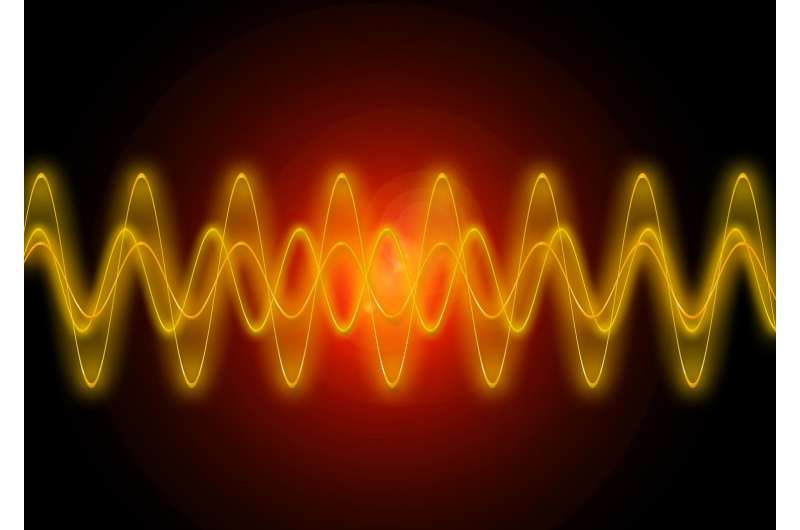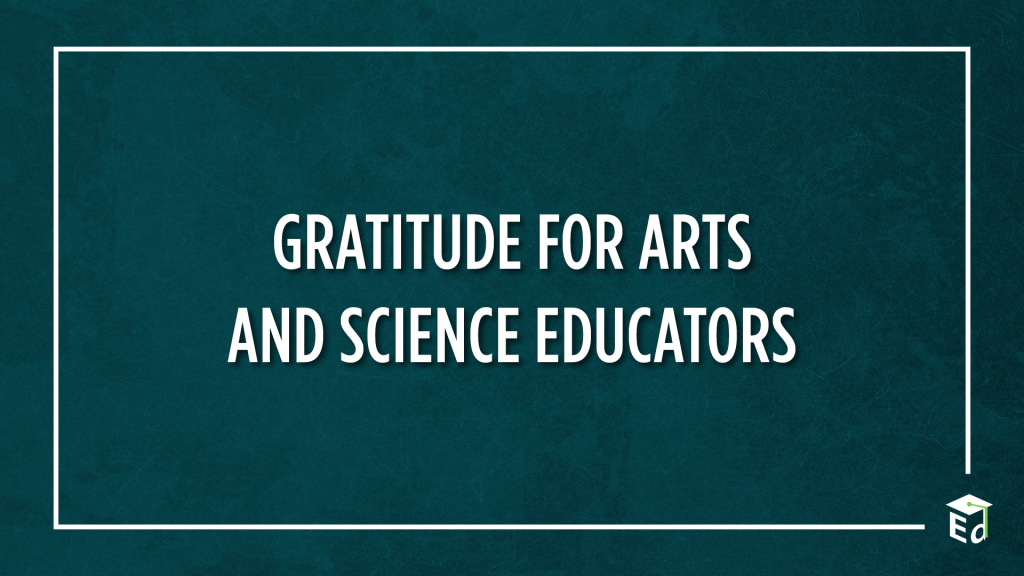Nanostructured surfaces for future quantum computer chips

Quantum personal computers are 1 of the important upcoming systems of the 21st century. Scientists at Paderborn College, operating below Professor Thomas Zentgraf and in cooperation with colleagues from the Australian National University and Singapore College of Engineering and Style and design, have produced a new engineering for manipulating gentle that can be applied as a basis for potential optical quantum desktops. The effects have now been posted in Mother nature Photonics.
New optical factors for manipulating light will enable for more advanced purposes in present day information and facts technology, notably in quantum computer systems. However, a significant challenge that continues to be is non-reciprocal light-weight propagation by means of nanostructured surfaces, in which these surfaces have been manipulated at a small scale.
Professor Thomas Zentgraf, head of the working team for ultrafast nanophotonics at Paderborn University, explains that “in reciprocal propagation, mild can just take the identical path forward and backward by a structure having said that, non-reciprocal propagation is equivalent to a just one-way avenue where by it can only distribute out in one direction.”
Non-reciprocity is a distinctive characteristic in optics that brings about gentle to create distinctive material properties when its path is reversed. 1 example would be a window designed of glass that is transparent from just one side and lets gentle as a result of, but which acts as a mirror on the other side and displays the light. This is recognised as duality. “In the field of photonics, this kind of a duality can be incredibly practical in acquiring modern optical components for manipulating light-weight,” claims Zentgraf.
In a current collaboration involving his doing the job group at Paderborn University and researchers at the Australian Nationwide University and Singapore College of Technologies and Style, non-reciprocal light propagation was mixed with a frequency conversion of laser light-weight, in other terms a transform in the frequency and therefore also the coloration of the light-weight.
“We utilized the frequency conversion in the specially designed structures, with proportions in the range of a several hundred nanometers, to change infrared light—which is invisible to the human eye—into obvious light-weight,” describes Dr. Sergey Kruk, Marie Curie Fellow in Zentgraf’s team. The experiments clearly show that this conversion process can take spot only in just one illumination direction for the nanostructured surface, whilst it is absolutely suppressed in the opposite illumination way.
This duality in the frequency conversion attributes was made use of to code pictures into an otherwise transparent surface area. “We arranged the a variety of nanostructures in this sort of a way that they generate a various picture based on whether the sample surface area is illuminated from the entrance or the back,” says Zentgraf, adding, “The visuals only grew to become noticeable when we applied infrared laser light-weight for the illumination.”
In their 1st experiments, the depth of the frequency-converted light within just the noticeable variety was even now very compact. The subsequent step, consequently, is to more boost performance so that a lot less infrared light is wanted for the frequency conversion. In foreseeable future optically built-in circuits, the course regulate for the frequency conversion could be used to swap light-weight directly with a distinct gentle, or to develop specific photon disorders for quantum-optical calculations directly on a tiny chip. “It’s possible we will see an software in potential optical quantum pcs wherever the directed creation of personal photons making use of frequency conversion performs an crucial job,” says Zentgraf.
Sergey S. Kruk et al, Asymmetric parametric generation of photos with nonlinear dielectric metasurfaces, Mother nature Photonics (2022). DOI: 10.1038/s41566-022-01018-7
Provided by
Universität Paderborn
Citation:
Nanostructured surfaces for potential quantum computer chips (2022, June 22)
retrieved 23 June 2022
from https://techxplore.com/news/2022-06-nanostructured-surfaces-upcoming-quantum-chips.html
This document is topic to copyright. Aside from any honest dealing for the reason of non-public review or investigate, no
part may be reproduced without the need of the created authorization. The content material is provided for info purposes only.






